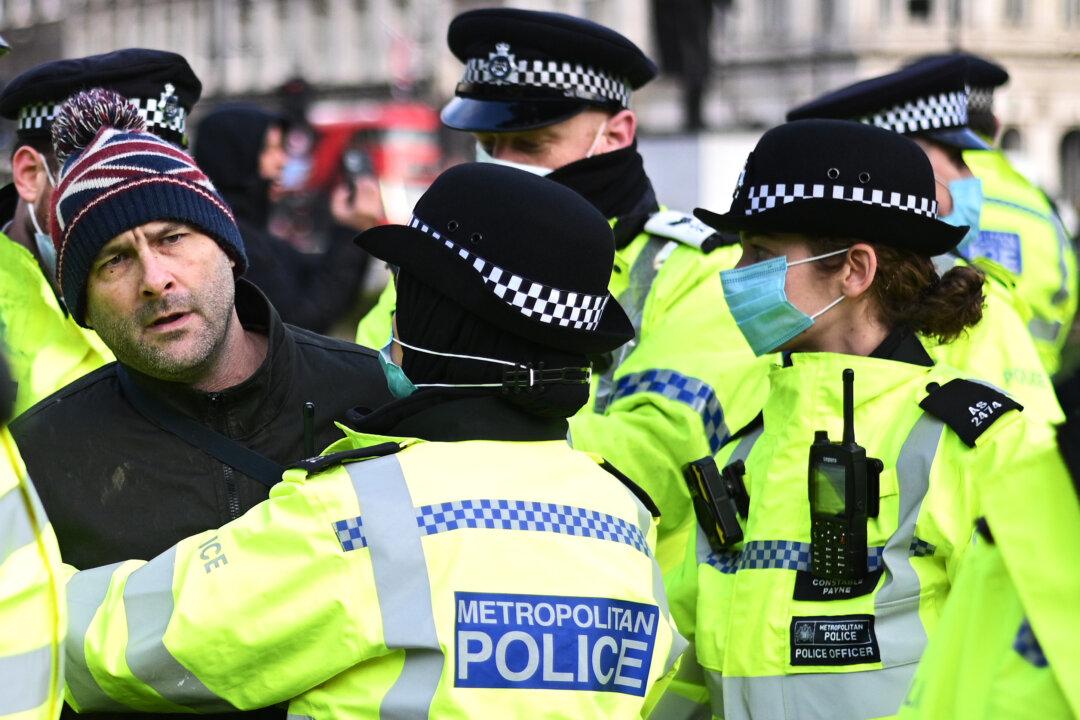Britain’s unemployment figures rose to 4.5 percent in August according to data published on Tuesday by the Office for National Statistics (ONS).
The sharp rise in the jobless figures comes amid fears of yet more job losses ahead of winter and the end of the government’s huge subsidy program for furloughed workers, which expires on Oct. 31, and is to be replaced by a less generous scheme.





